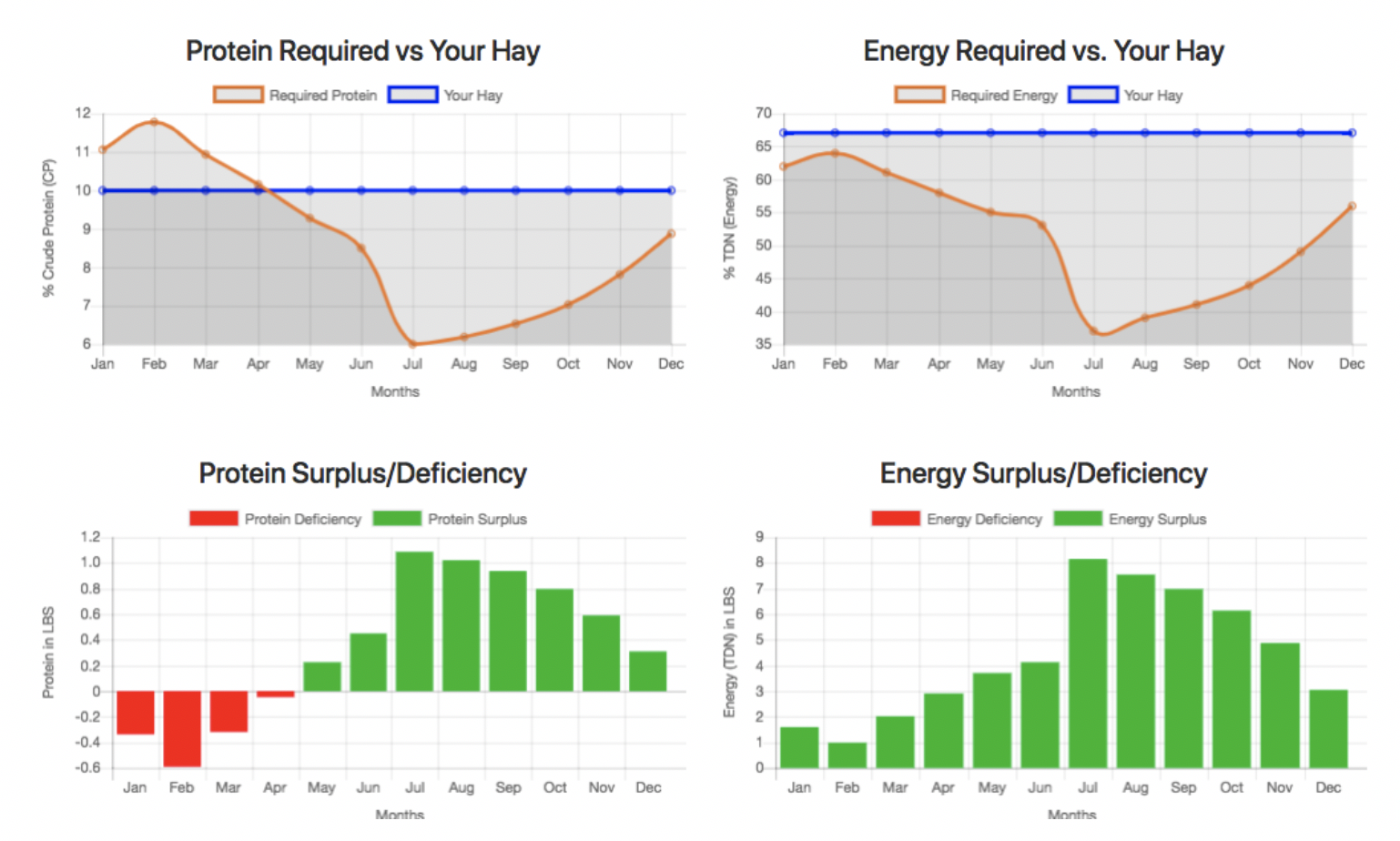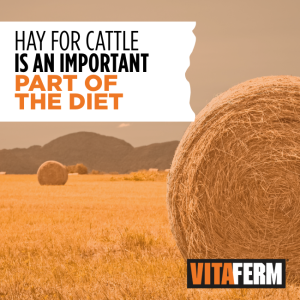Imagine cattle herds grazing tall, nutrient-rich grasses year-round, with no worry of snow cover or dormancy. Although this utopic scenario sounds pretty great, it’s just too good to be true here in cow country, U.S.A.
A majority of the land producers have to graze on during winter months is mature, dormant forage that is low in protein. It must be managed carefully as it doesn’t regenerate itself until springtime, and it requires proper supplementation, so the cattle can best utilize the nutrients it does contain.
Several factors play into the nutritional needs of the herd during the winter; however, the most significant is the cows’ stage of production. In short, cows in early and mid-stages of gestation have a lower energy requirement than those cows in late gestation and early lactation.
As with any lowly digestible roughage, rumen degradable protein will increase digestibility and increase total intake during the winter. In a perfect scenario, a producer would feed two to four pounds of a high protein product (i.e. 30-40% crude protein) when there is ample forage and then two to three times more pounds of a lower protein, higher energy supplement (i.e. 20-25% crude protein) when cows are in late gestation and in early lactation. This will depend on a producer’s calving season as it relates to timing.
VitaFerm offers a Hay Analysis Report Tool that will let you calculate the protein and energy you need when compared to the nutrients in your existing feed. Once you have tested your forages and received those results, go to: https://vitaferm.com/hay-report/ and enter the protein value of your forage, the energy value of your forage and the month you start calving. A report like the one below will be generated to inform you of how much protein and energy you need to supplement your herd.

When producers are preparing for winter grazing and planning their pasture stocking and feeding plans, they should plan for a dry matter intake of approximately 2.5% of body weight per day. They will also need to have an idea of tons of standing forage in order to calculate an appropriate stocking rate. After this is determined and if there is a need to extend roughage sources, they can consider feeding an increased amount of starch or fat to stretch their resources. Corn is just one ingredient that works to extend roughage sources and might be more cost-effective than hay. One pound of corn equals two to three pounds of hay, and may be a more economical energy source, depending on location.
Short-term winter pasture alternatives do exist. Producers who have corn stalks available to them should consider grazing stalks. However, the same supplementation challenges exist with stalks as do with pastureland, and protein is a key priority. Another alternative is turning cows and bred heifers on winter wheat pasture, but producers must remember to supplement with good wheat pasture mineral or a high-mag mineral if calving on wheat pasture to help prevent milk fever.
If your herd does need additional protein supplementation, VitaFerm® makes a line of minerals with the Amaferm® advantage. Not only are these products fully fortified with vitamins, minerals, trace minerals and protein, they also contain Amaferm which is a precision-prebiotic, designed to enhance digestibility by amplifying the nutrient supply within for maximum performance. Specifically, the VitaFerm Concept•Aid® Protein Tub or Protein Meal contains 20-percent protein. Amaferm is research-proven to increase intake, digestibility and absorption, meaning you get more value out of limited feed sources. The minerals come in both loose and tub forms and are ideal for supplementing your herd during gestation and lactation.
When feeding tub minerals and supplements, distribution is important to remember. If producers move the tubs around the pasture each time they put new tubs out, the cows will graze a larger area.
Since winter is inevitable, producers can still make the most from the pastures they’ve stockpiled during the late summer and fall with the Amaferm advantage.



